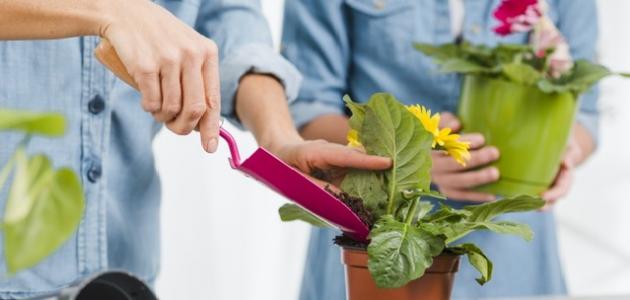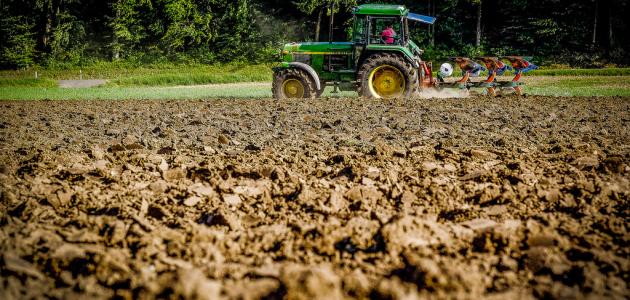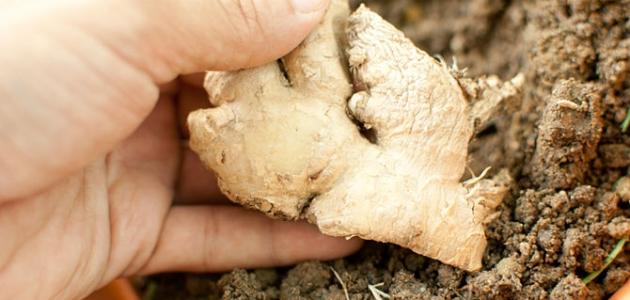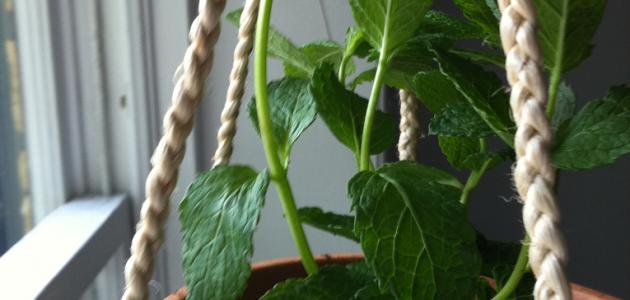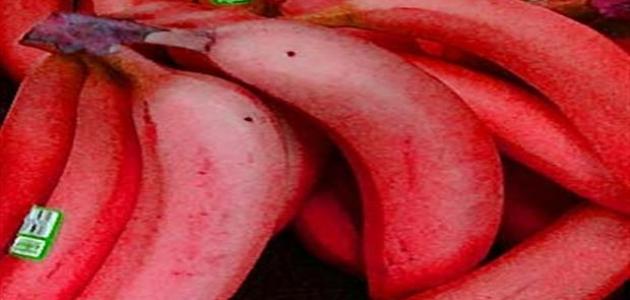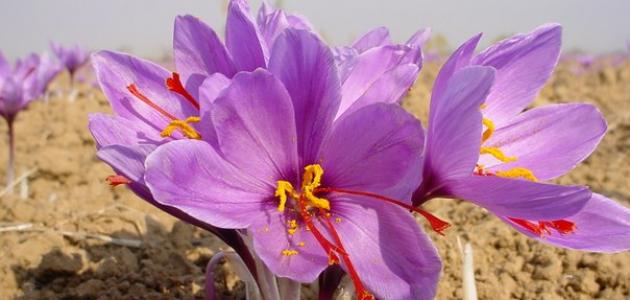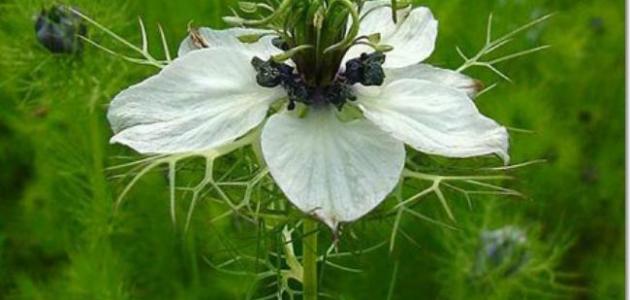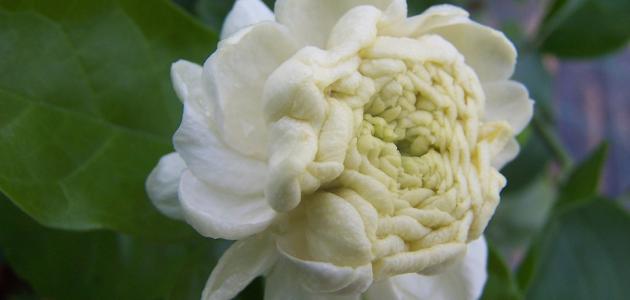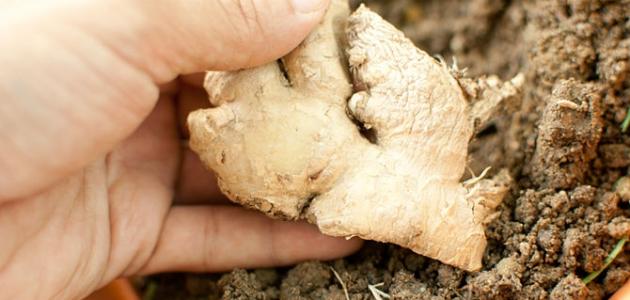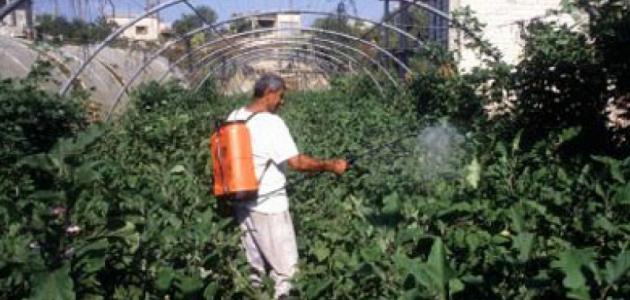Farming
Agriculture is the science of cultivating the land, and includes the process of producing fiber, food, and fodder. Learning to care for the soil and crops and their growth has helped to develop human societies, and the agricultural profession is considered one of the most widespread professions among people. Agriculture has also played an important role in the economy of countries throughout the ages, and agriculture has three types, which are:
- Traditional agriculture: It is also called backward agriculture; It is agriculture in which old and traditional methods of production are used.
- Advanced agriculture: It is the one in which advanced production methods are used.
- Developing agriculture: This agriculture is considered an intermediate between traditional and advanced agriculture, as the means of production range between traditional and advanced modern.
Agriculture at home
The presence of plants in the home, inside or outside, creates relaxation and keeps people away from fatigue and sadness. In general, most homes are not devoid of the presence of plants, and the responsibility for caring for and caring for plants falls on the head of the family, whether the cultivation is inside the home or in the home garden. Here we will talk about how to plant at home in detail.
Planting in the home garden
Many people seek to grow different types of plants in their home garden, such as roses, winter crops, and fruit trees.[XNUMX] In order for a person to be able to have a distinctive home garden, he must follow the following tips:
Read also:What do I plant in the summer?- In the beginning, it is necessary to know the type of soil and the type of climate so that we can know the type of plants that are suitable for each of them.
- We must plant in a small area at first instead of getting involved in large areas.
- It is best to determine the appropriate place for planting; It must be next to a water source, and the site must be sunny and have a walking path without exposing the cultivated area to harm, in addition to the presence of channels to drain excess water.
- It is important to have the appropriate agricultural tools, such as the different types of shovels (flat and pointed) in order to break up the soil and hard ground. It is necessary to bring a water sprinkler, an ax to dig and disperse the soil, and a special comb to turn it over.
- After obtaining the appropriate tools, it is necessary to pay attention to the soil, plow it, and add organic materials to it such as agricultural animal fertilizer, worm fertilizer, or natural fertilizer.
- The soil must be prepared one month before planting it, and it is also necessary to ensure that the soil is sufficiently moist.
- When starting farming, it is best to plant vegetables that grow quickly and easily, such as zucchini, lettuce, and carrots, as well as cabbage and beans.
- Growing too much of one type of plant increases the presence of bad bugs, so the types of plants grown must be diversified.
- It is important to monitor the crop by weeding and irrigating the plants well without cutting or exaggerating, and it is necessary to pay attention to the formation of agricultural pests and diseases that affect plants.
Cultivation inside the home
If we want to grow plants inside the house, we must know the appropriate type of plants that live inside the house, as well as knowing how to care for them. Below we explain how to grow house plants and how to care for them:
Read also:How to grow coriander- Plant selection: First, we must know the appropriate criteria for choosing houseplants, the most important of which are:
- The absence of insects or anything indicates that the plant is sick.
- Choose clean plants with good soil.
- Choose plants with green leaves, stay away from plants with brown tips, and do not accept seedlings with few leaves.
- It is necessary to choose seedlings suitable for the home climate without the need to change the home environment and climate.
- How to transfer the plant: It is important to pay attention when moving plants from indoors to outdoors or vice versa, as the plant must not be kept inside the car and under the sun’s rays in the summer if we want to move it from a far place, because of the harm it causes to the plant, so it is best to cover the plant to protect it from the sun. However, if we want to move the plant in the winter during the time of extreme cold, it is better to cover it with a cloth.
- Plant acclimatization: Houseplants can adapt to their surrounding environment, but not quickly and suddenly. If the plants live in the light and we want to move them to a shaded place, the move must be gradual, and this is called acclimatization of the plant. The same is true if we want to move the plant from a shaded place to a shaded place. With high lighting, or if we want to move plants from indoors to outdoors and vice versa.
- Knowing the factors affecting plants: It is necessary to be aware of the environmental factors that affect the plant. These factors are:
- the light: One of the important factors that has an impact on plants and their growth is the amount of light falling on the plant, and light is important for the process of photosynthesis. If the light is intense for the plant, its stem will be short, its leaves will be dark in color, and it will have many branches. However, if the plant receives light Lightly, its leaves will be light and its stem will be long.
- water: Plants differ in their need for water. Some plants need a small amount of water, while others need a large amount. The soil here affects the amount of water that the plants receive. If the plant is planted in sandy soil, it must be known that it will dry quickly, so we must water it more than plants grown in other types of soil.
- the heat: Most houseplants tolerate fluctuating temperatures, provided that the temperatures are not too high or too cold because they negatively affect the plants. They may lead to the plant’s leaves falling or they may affect the growth of the plant.
- Humidity: One of the important things that affects plants is the humidity in the air, and we can increase the humidity level in two ways: The first is to use a special device to control the humidity level, and the second method is to use stones and place them under the container designated for home cultivation to balance the moisture in the soil.
- Ventilation: It is very important to ventilate the house because some of the gases present in the house negatively affect the plant, such as the plant’s leaves falling off or not flowering.
- Fertilization: Just as outdoor plants need fertilizer, houseplants also need fertilization, so fertilizer must be applied, but we should not put it in the winter.
- the soil: It is necessary to pay attention to the type of soil in which houseplants will be planted. It is important that it be good and contain pores so that the plant roots can breathe.
- Plant pots: The containers in which houseplants are grown vary, and when choosing the container, you must pay attention to its size. This pot must bear the presence of soil in it, as well as the roots of the plant. Attention must be paid to the necessity of changing the soil in the pot every year because this soil has lost many of the important elements that houseplants need.
